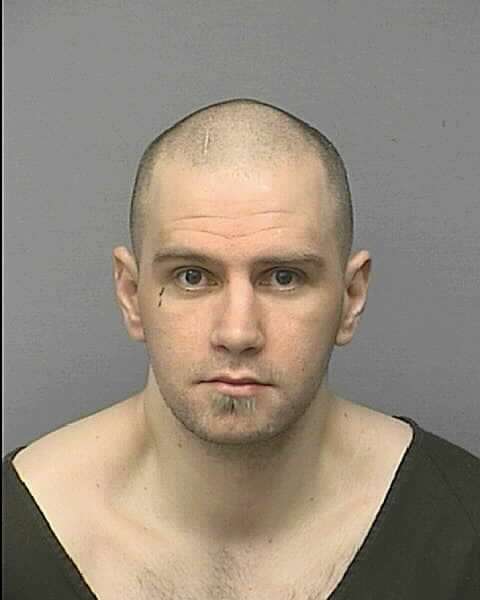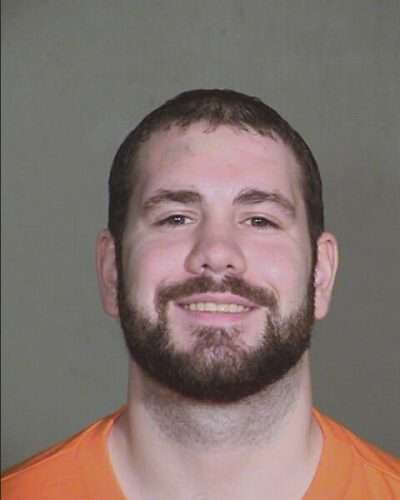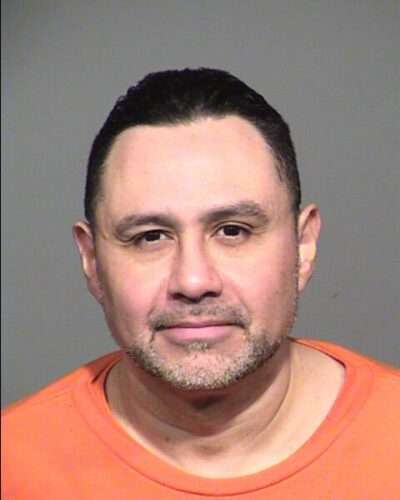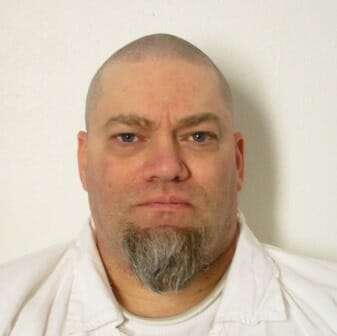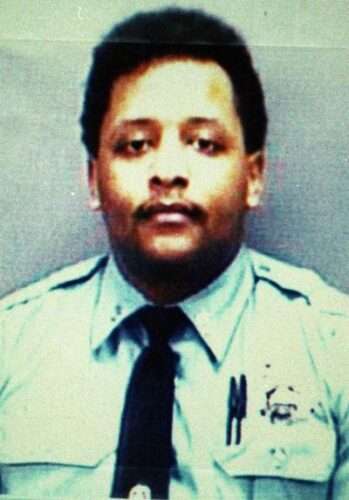Scott Cheever Kansas Death Row
Scott Cheever was sentenced to death by the State of Kansas for the murder of Sheriff Matthew Samuels. According to court documents Sheriff Matthew Samuels was heading to a residence to serve an arrest warrant on Scott Cheever and when the Officer arrived he was shot and killed. Scott Cheever was arrested, convicted and sentenced … Read more
